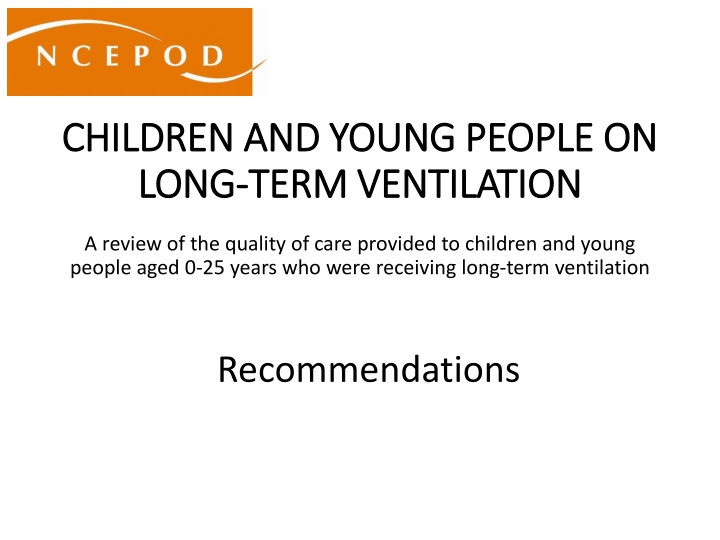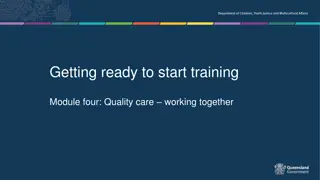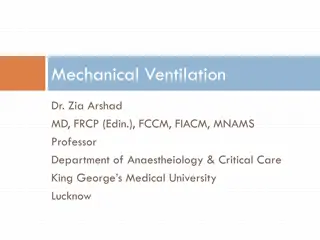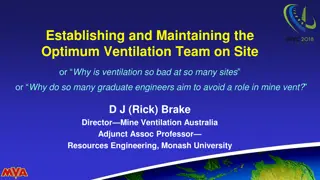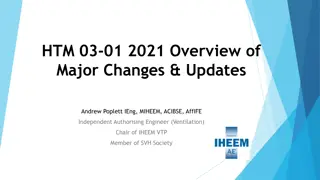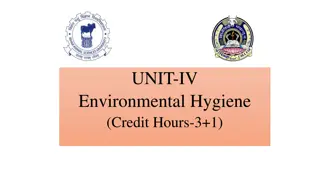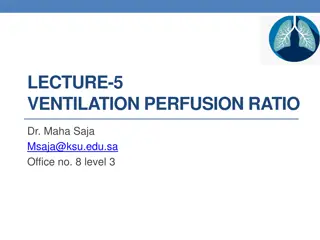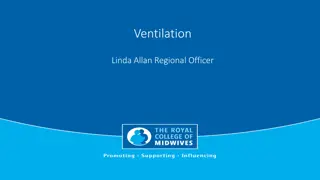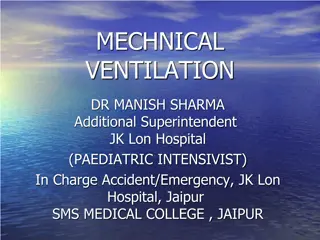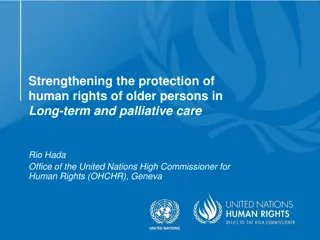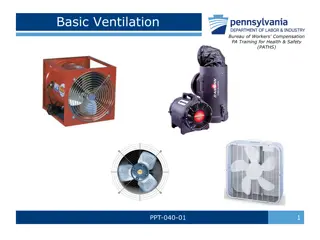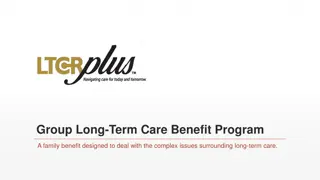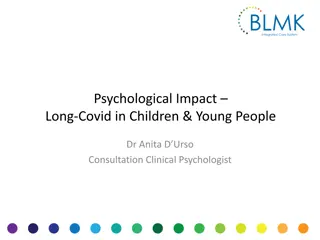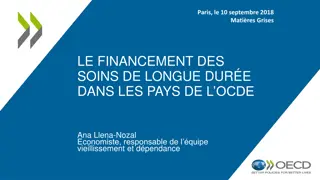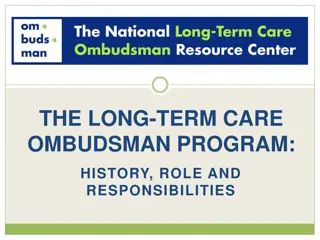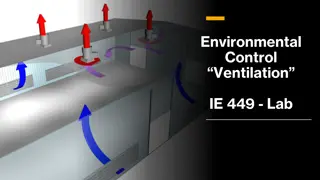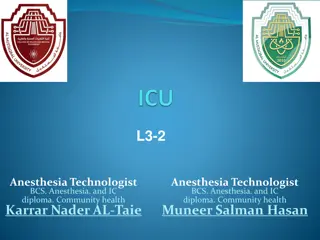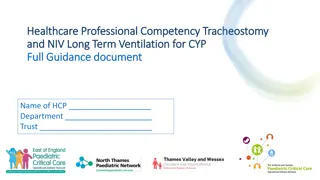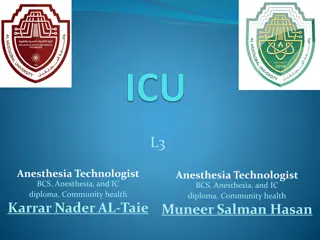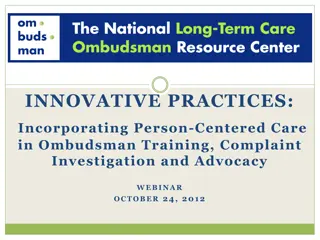Quality of Care for Children and Young People on Long-Term Ventilation
This review examines the care provided to children and young people aged 0-25 receiving long-term ventilation, focusing on identification of remediable factors. Data collection methods and study findings are discussed, offering recommendations for improvement.
Download Presentation

Please find below an Image/Link to download the presentation.
The content on the website is provided AS IS for your information and personal use only. It may not be sold, licensed, or shared on other websites without obtaining consent from the author.If you encounter any issues during the download, it is possible that the publisher has removed the file from their server.
You are allowed to download the files provided on this website for personal or commercial use, subject to the condition that they are used lawfully. All files are the property of their respective owners.
The content on the website is provided AS IS for your information and personal use only. It may not be sold, licensed, or shared on other websites without obtaining consent from the author.
E N D
Presentation Transcript
CHILDREN AND YOUNG PEOPLE ON CHILDREN AND YOUNG PEOPLE ON LONG LONG- -TERM VENTILATION TERM VENTILATION A review of the quality of care provided to children and young people aged 0-25 years who were receiving long-term ventilation Recommendations
The study - Aim The aim of the study was to identify remediable factors in the care provided to people who were receiving, or had received, long-term ventilation (LTV) up to their 25thbirthday between the 1stApril 2016 31stMarch 2018
Study method Data were collected from a number of sources: 1. Number of children and young people on LTV during the study All patients under the care of an LTV service, or who were admitted any hospital over the two-year study data collection period - 1st April 2016 to 31st March 2018 inclusive. 2. Sampled study population for the clinical peer review process Lead clinician questionnaire Community team clinical questionnaire Acute admission questionnaire Tracheostomy insertion questionnaire Case notes
Study method 3. Organisational data Paediatric services Adult services 4. Service user and parent carer online survey and focus groups Online survey Focus groups 5. Health and social care professional online survey and interviews Online survey Interviews
Data returned: Sampled study population 3,061 people receiving LTV (likely to be an under- representation based on the absence of coding) Established LTV pathway New tracheostomy insertions 392 81 161 non- admissions 231 acute admissions Tracheostomy insertion questionnaires received Lead clinician questionnaires received Acute admission questionanires received 50 229/345 Community team questionnaires received (not all lead clinicians could be identifed) 152/231 96/166 (not all community teams could be identified) Case notes returned 149/231
Key messages (1) 1. Service planning and commissioning of integrated services Formalisation of the service planning and commissioning of LTV services through an integrated network of care providers is required. 2. Multidisciplinary care Improved access to an appropriate multidisciplinary care team is needed to ensure people on LTV and their parent carers can be supported in the community as well as during an admission to hospital.
Key messages (2) 3. Emergency healthcare plans Templates for Emergency Healthcare Plans should be developed and standardised for people receiving LTV. 4. Discharge planning Active discharge planning should start at the point of an admission 5. Transition from child to adult services Transition planning should minimise disruption and prepare for any necessary changes that will occur.
Recommendation 1 Ensure service planning/commissioning of integrated care pathways for long-term ventilation services includes formal contract arrangements and local standardisation where possible. These arrangements should bridge child and adult health as well as social care services, respite care and any other partnerships relevant to the local network. Networks should map commissioning arrangements to ensure integration and consistent standards of care and national commissioners should provide a forum to ensure that long-term ventilation provision is considered collectively and delivered to agreed standards.
Recommendation 2 Ensure that it is possible to identify all people who are receiving long-term ventilation. a) Locally this should be achieved by implementing/maintaining a database as soon as possible b) Nationally this should be achieved by developing procedure codes for long-term ventilation to bring together the local data collection and support a national database to quantify service provision and facilitate quality improvement
Recommendation 3 Ensure efficient care planning and discharge by providing a multidisciplinary team as part of an integrated care pathway. This team should work across community and hospital networks of care for child and adult long-term ventilation services, have an identified clinical lead and include as a minimum: a) Medical and nursing staff b) Physiotherapy c) Speech and language therapy d) Psychology e) Where applicable f) A specialist in tracheostomy care g) Palliative care/hospice care h) Local service planners/commissioners
Recommendation 4 Undertake shared decision-making at the point of long-term ventilation initiation, particularly if it is likely to be a life-long therapy. The decision-making process should include input at all stages from: a) Children and young people (where ever possible) b) Parent carers c) The multidisciplinary team (MDT) listed in Recommendation 3 d) The person s general practitioner whenever practical/possible e) Palliative care when appropriate The process* should also include: f) Discussions over a period of time to ensure decisions are thoroughly considered g) Input from independent healthcare professionals for peer review/mediation as required h) Provision of approved written and/or online information i) Support from other families with a child on long-term ventilation should be considered
Recommendation 5 Ensure that the planning for transition from child to adult services, including the provision of joint transition clinics, has clearly identifiable clinical and executive leadership and forms part of an integrated care pathway for people on long- term ventilation. Developmentally appropriate and patient-centred transition planning should commence at the latest by the age of 14 years
Recommendation 6 Provide a structured training programme and associated resources for long-term ventilation which prepares: a) People on LTV and parent carers for home care b) Community providers for routine care c) Non-specialist clinicians for hospital admissions
Recommendation 7 Standardise arrangements for long-term ventilation equipment including: a) Purchasing b) Servicing c) Consumables
Recommendation 8 Standardise templates for personalised Emergency Healthcare Plans for all people on long-term ventilation. They should: a) Be easily accessible by all members of the care team b) Be clearly laid out so that information can be easily recognised by all members of the care team c) Be reviewed at least annually, and after every hospital admission, by the clinical team and the service user/parent carer d) Form part of any hand-held records e) Include a fast-track admission plan
Recommendation 9 Ensure all people on long-term ventilation have access to age appropriate emergency care by a team with the relevant competencies, regardless of location
Recommendation 10 Ensure good ventilation care when people on long-term ventilation are admitted to hospital for any reasonby: a) Undertaking a standard clinical and respiratory assessment b) Undertaking routine vital signs monitoring which includes, as a minimum, respiration rate and oxygen saturation c) Involving the usual LTV team if not admitted under their care d) Identifying clinical leadership of ventilation care
Recommendation 11 Ensure high quality discharge arrangements for people established on long-term ventilation who are admitted to hospital. Planning should: a) Commence on admission b) Be clearly documented in the case notes c) Include the community and usual LTV team d) Document any actual or anticipated changes to respiratory care
Recommendation 12 Optimise the frequency of clinical review on an individual basis, for those on long-term ventilation who are at an increased risk of admission* *including people established on LTV < 2 years and those who have had an unplanned admission in the previous 6 months
Discussion Can we identify all children and young people on LTV under the service? Is transition planned according to NICE guidance? Are joint transition clinics available? Are LTV training programmes in place for patients/parent carers and staff? Are EHPs reviewed and standardised? Are ventilator settings checked regardless of reason for admission Are patients at risk of admission, frequently reviewed?
Children and Young People on Children and Young People on Long Long- -term Ventilation term Ventilation Full report, summary and implementation tools are be found at www.ncepod.org.uk/2020ltv.html
